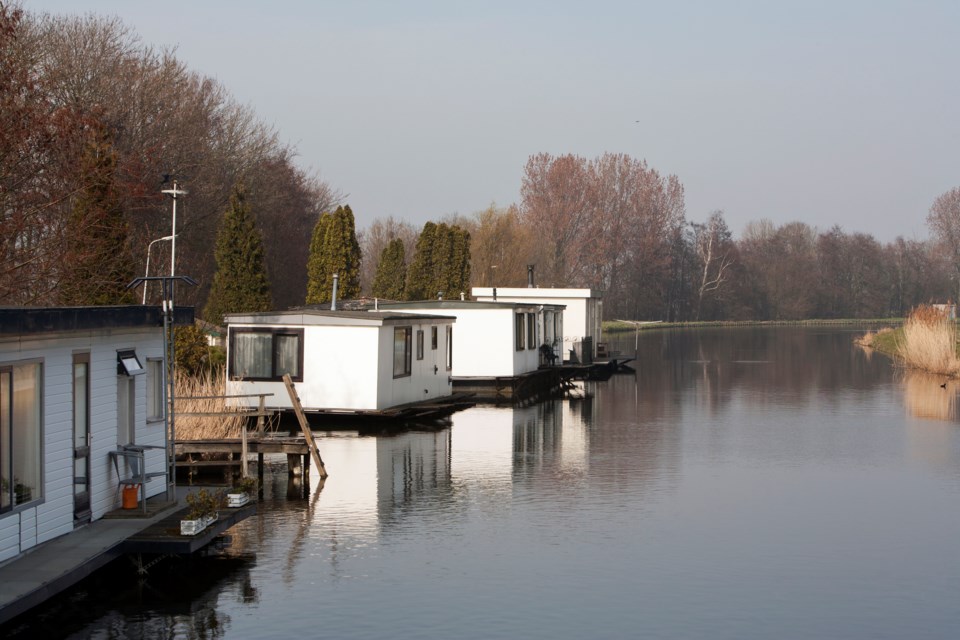A B.C. Supreme Court judge has ruled that trespass and seizure notices were legally issued against two owners of floating homes moored on Crown land without authorization.
One of the owners was living in her floating home on Kootenay Lake as her primary residence with her two children as a means of affordable housing, according to evidence described in a June 4 decision.
Despite acknowledging the housing crisis and expressing concern, Judge Lindsay Lyster said the province acted with legal authority when issuing trespass and seizure notices.
“It is arguable that, within the context of the current housing crisis, permitting and regulating the use of floating homes on Kootenay Lake … would be in the public interest. But that is not a question for the court,” said the judge.
The judge said her jurisdiction was limited to determining whether the officials who decided to issue the trespass notices and seizure notices acted within the limits of their legal authority, and ruled that they did so.
According to the decision, the floating homes were moored on Kootenay Lake just north of Nelson. One of the floating-home owners, Hannah Chessman, was using hers as an art studio and occasional getaway. The other, Kyley Gagnon, was residing in hers with her two children.
In early 2021, the Ministry of Forests’ compliance and enforcement branch (CEB) became aware of several floating homes in the area. One natural resource officer spoke to Gagnon and told her the home had to be removed or receive a vessel number, otherwise it was trespassing on Crown “foreshore.”
A few months later, the ministry formed a “special enforcement authorization plan” focusing on nine unauthorized floating homes in the region. In addition to concerns about water quality and access, the document noted concerns that inaction would encourage “further incidents of non-compliance.”
The plan concluded that owners can legally moor on shore or anchor for up to 14 days even if not considered a vessel, as the method individuals choose to camp on Crown land is not defined. However, owners must remove their float homes from Crown land every 14 days to remain in compliance, such as by moving to private moorage.
The only other option would be a licence of occupation via the floating home community policy, a ministry policy that permits proposals to be made for floating home communities. However, the ministry was not accepting applications and had no “appetite” to make an exception, according to the ruling.
In August 2022, the first trespass notices were issued to the two petitioners, who requested extensions to comply. In July 2023, second trespass notices were issued along with $1,000 penalties for failure to comply with the first set.
As the non-compliance continued, the ministry became concerned that if the homes were transferred to third parties, it would frustrate their enforcement efforts.
“Trespass notices and seizure notices are issued to people, not structures, and the CEB was concerned that they would need to start the compliance process anew with the structures’ new owners,” the judgment noted.
Following internal debate, the ministry chose to proceed with seizure, and issued seizure notices to the petitioners in September 2024, about two years after the first trespass notices.
The judge’s analysis found that floating on water above Crown land constitutes the occupation of the land below the water. It said “even if the structures are vessels, they are still in trespass on Crown land, and the Minister was still legally entitled to issue the trespass and seizure notices.”
Judge Lyster noted the petitioners made a claim under the Charter of Rights and Freedoms regarding “selective enforcement.” However, she said the petitioners had not articulated any protected or analogous grounds, and there was no evidence of discrimination.
The judge gave the petitioners a 30-day deadline to remove their floating homes from Kootenay Lake, noting she had already imposed a stay of the seizure notices until the petitions were decided.




